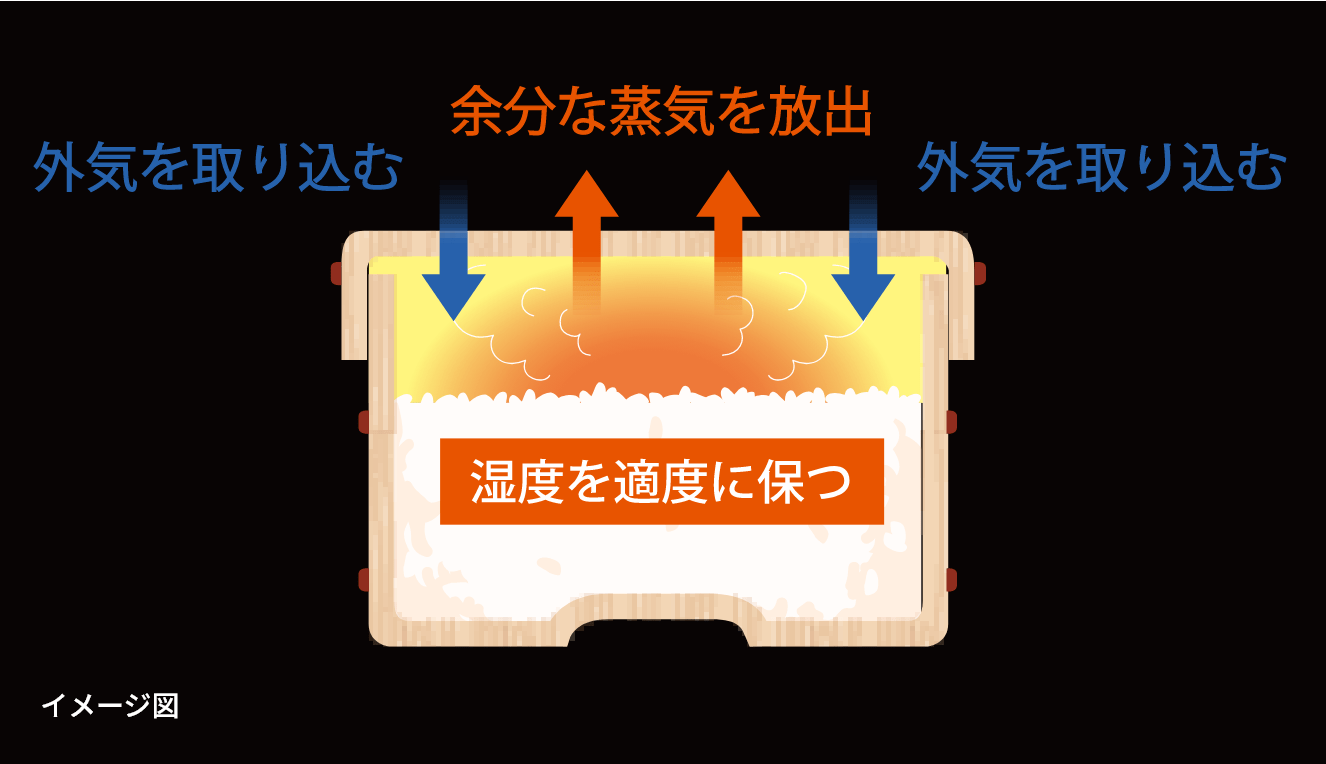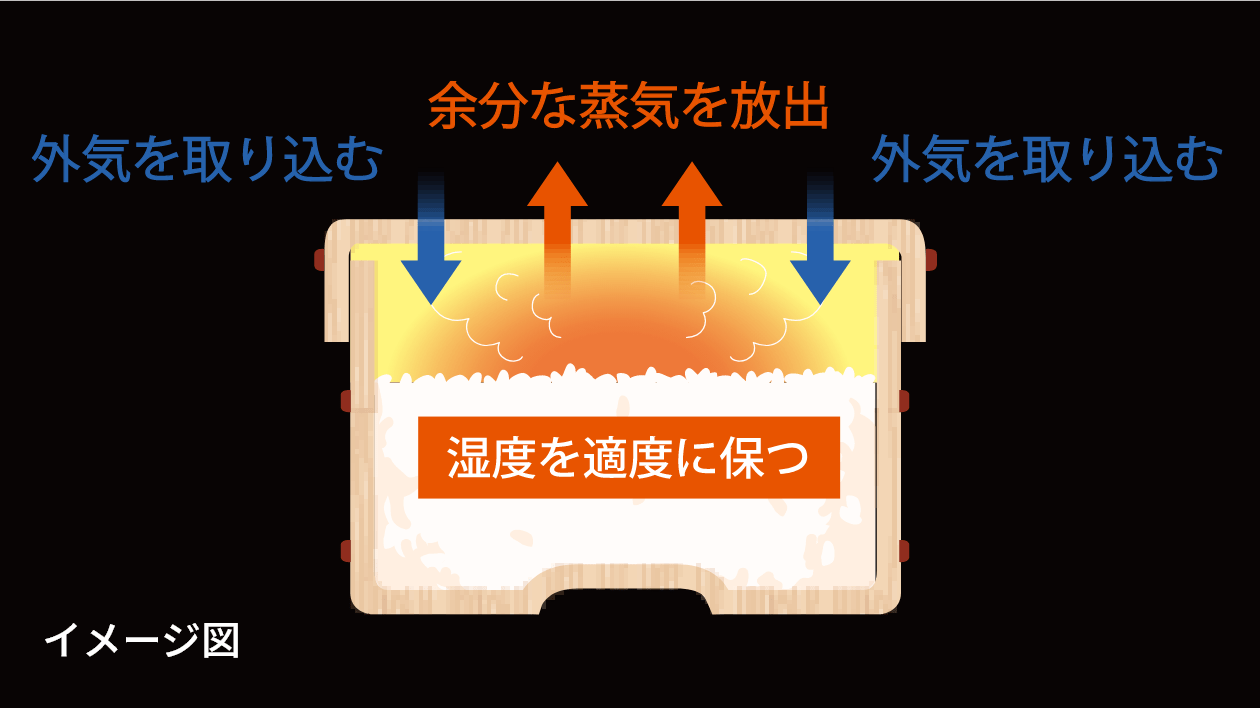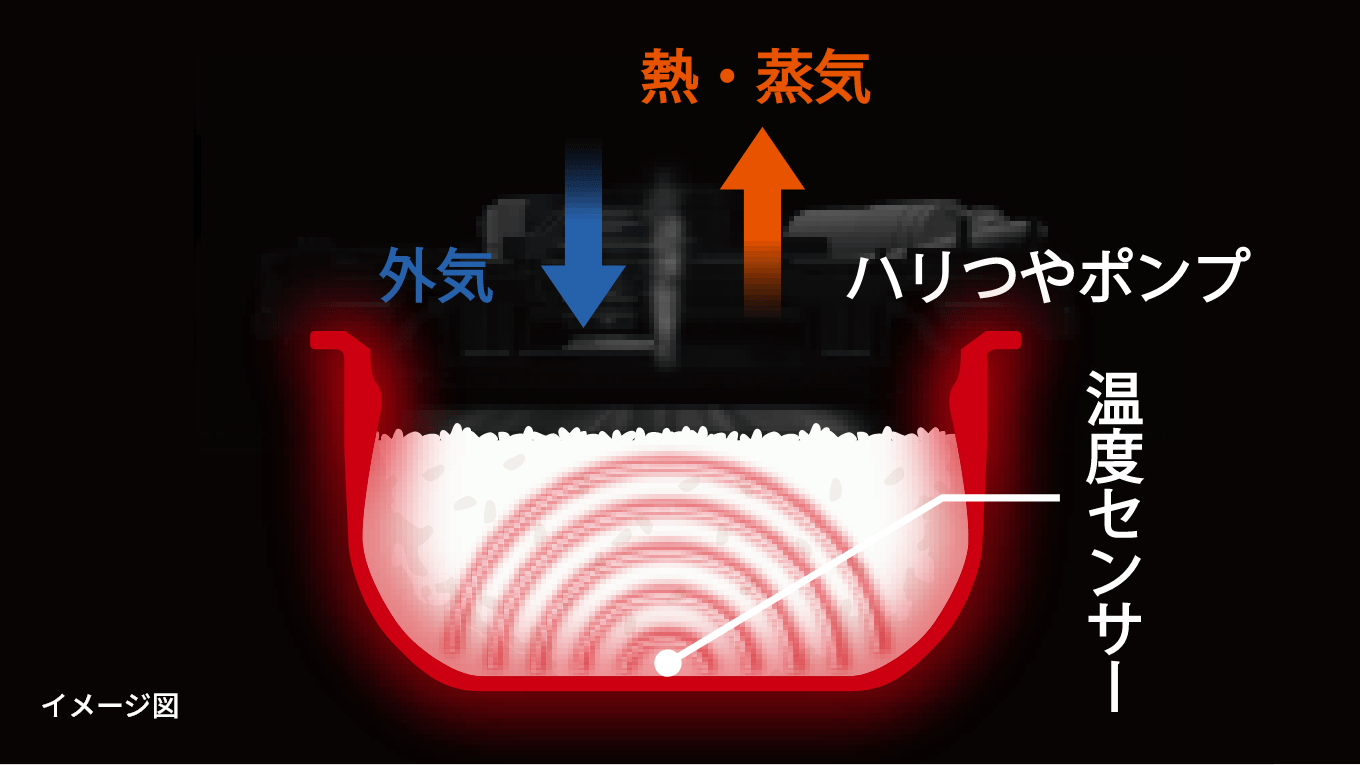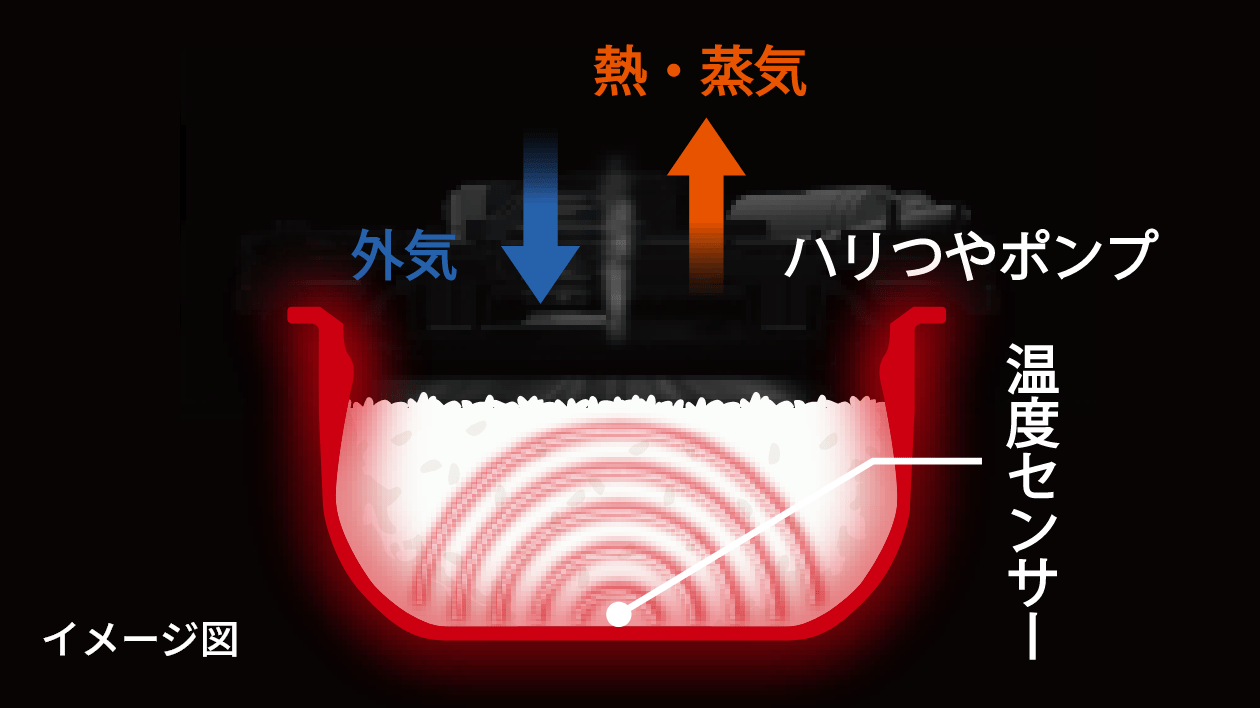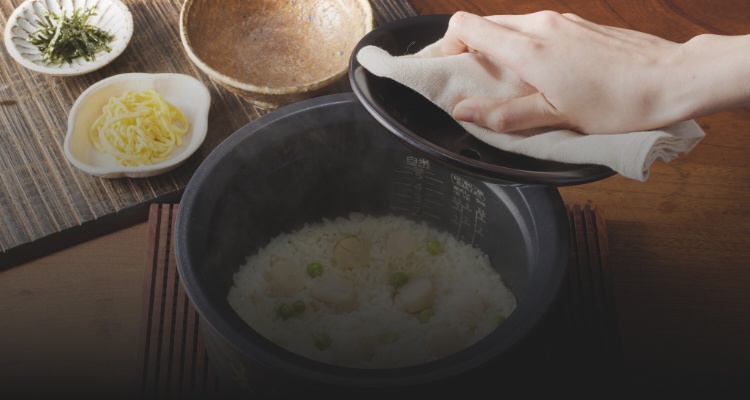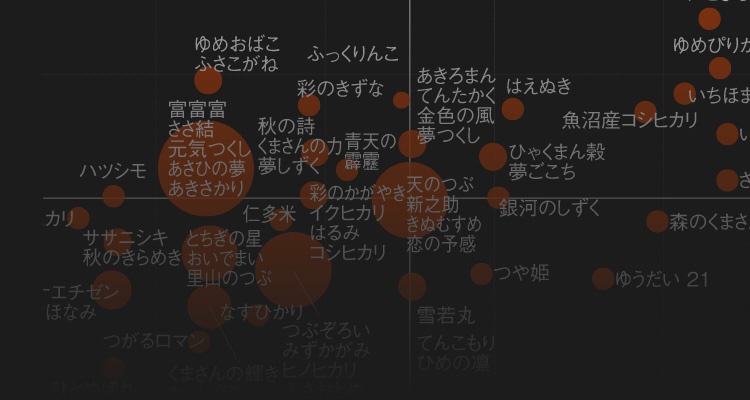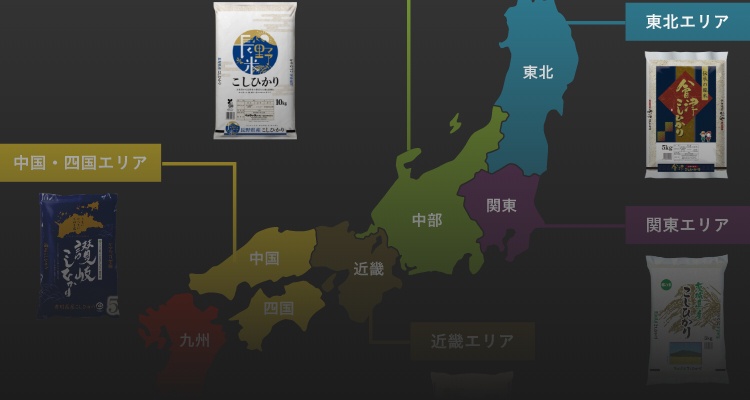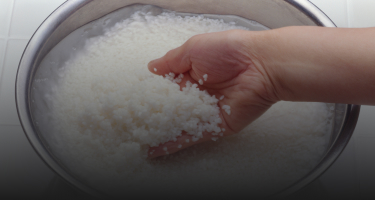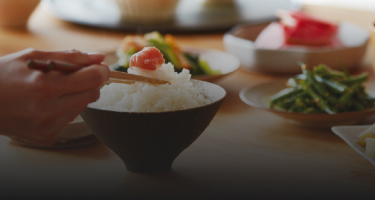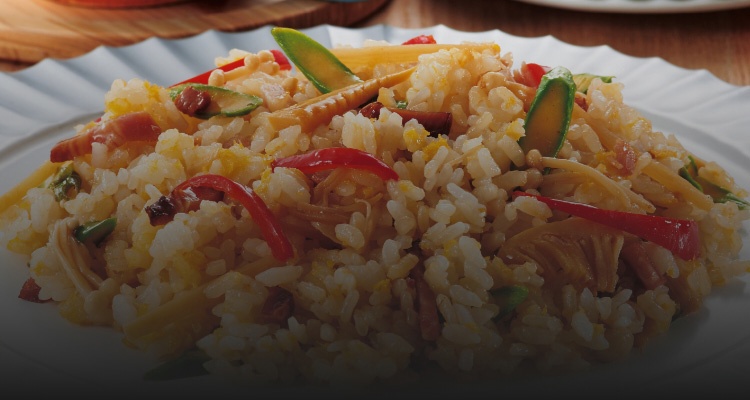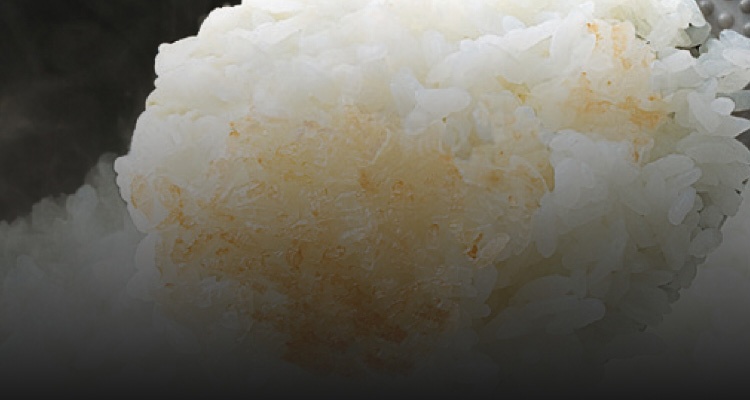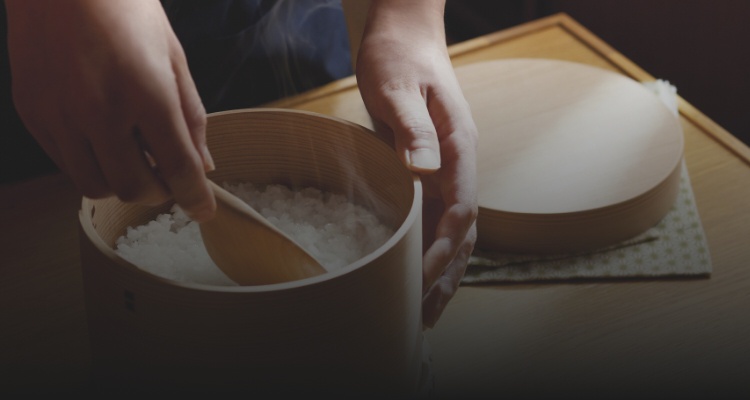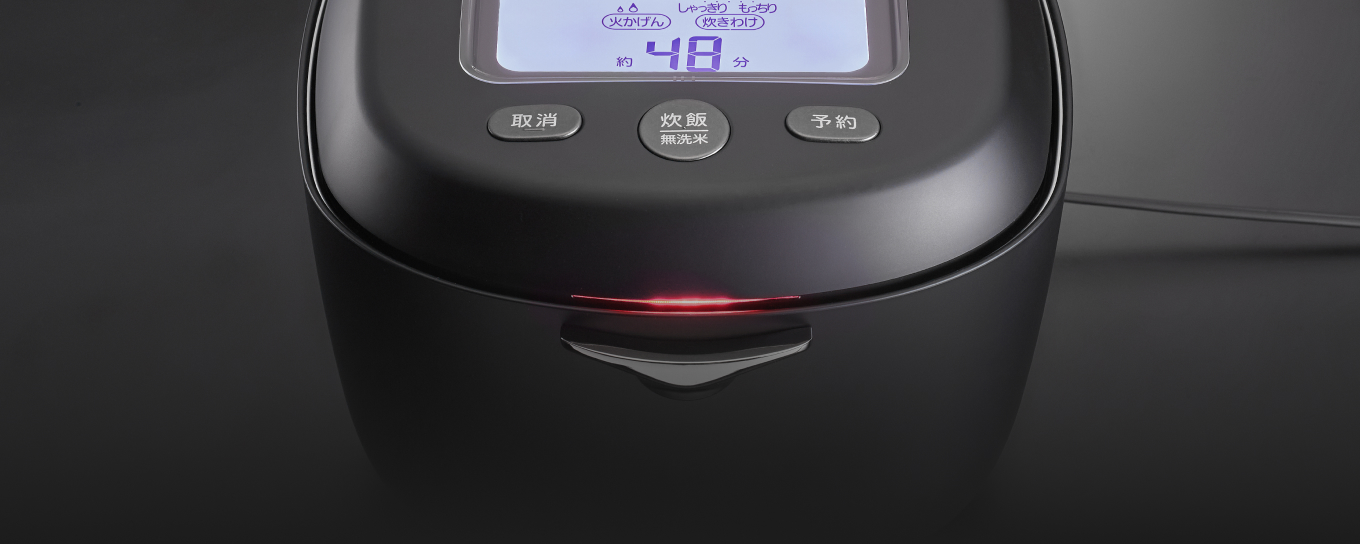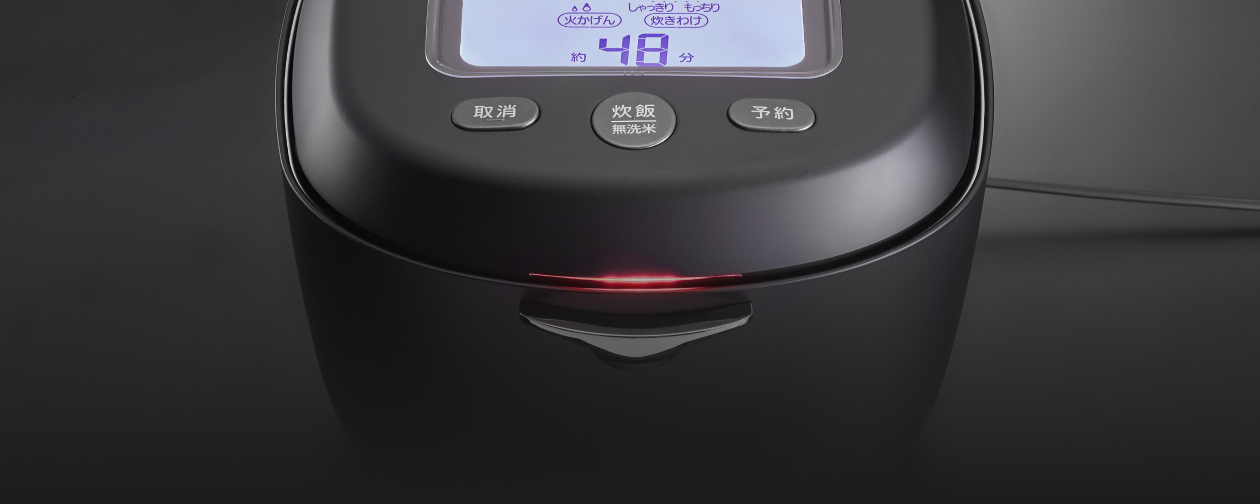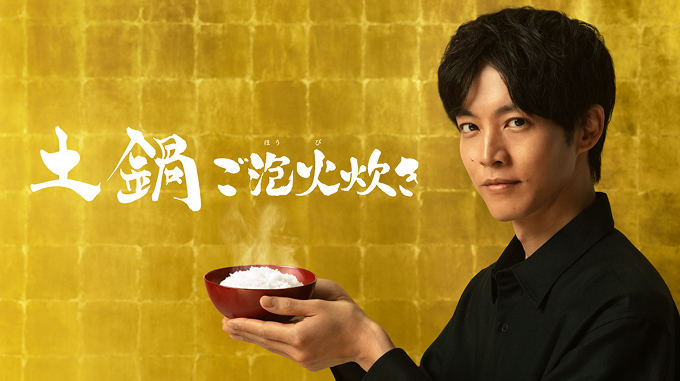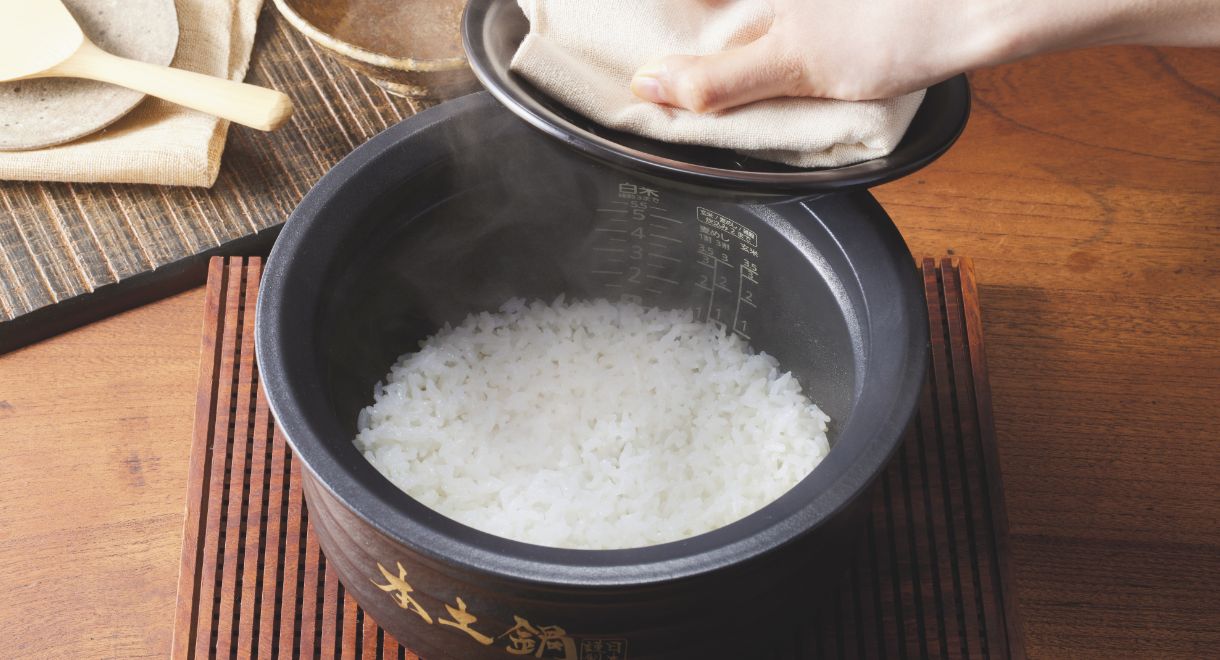
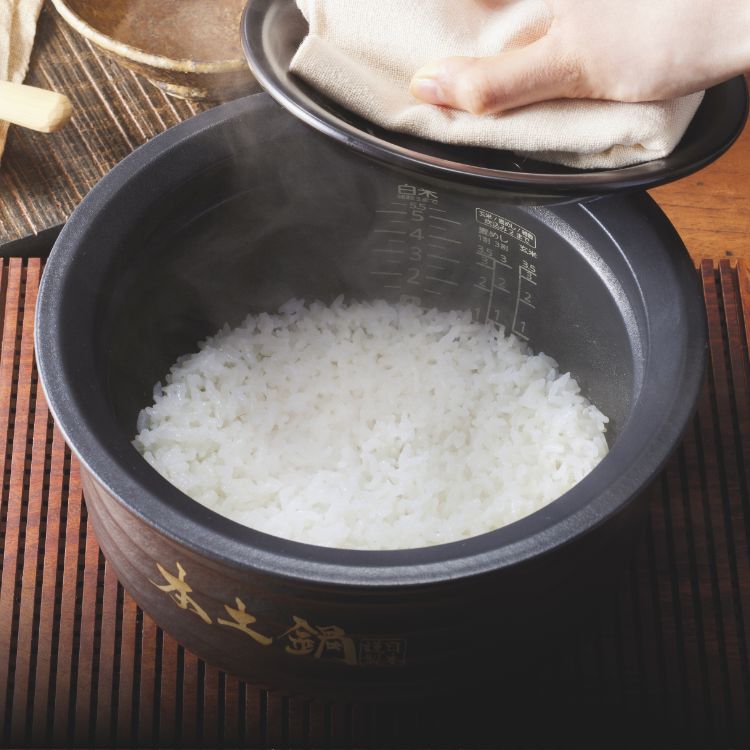
The secret of preserving deliciousness of each type of rice
Different Cooking Functions and Keeping Warm

The features for preserving deliciousness
of each type of rice, which Tiger boasts
1-Go Ryotei-Daki
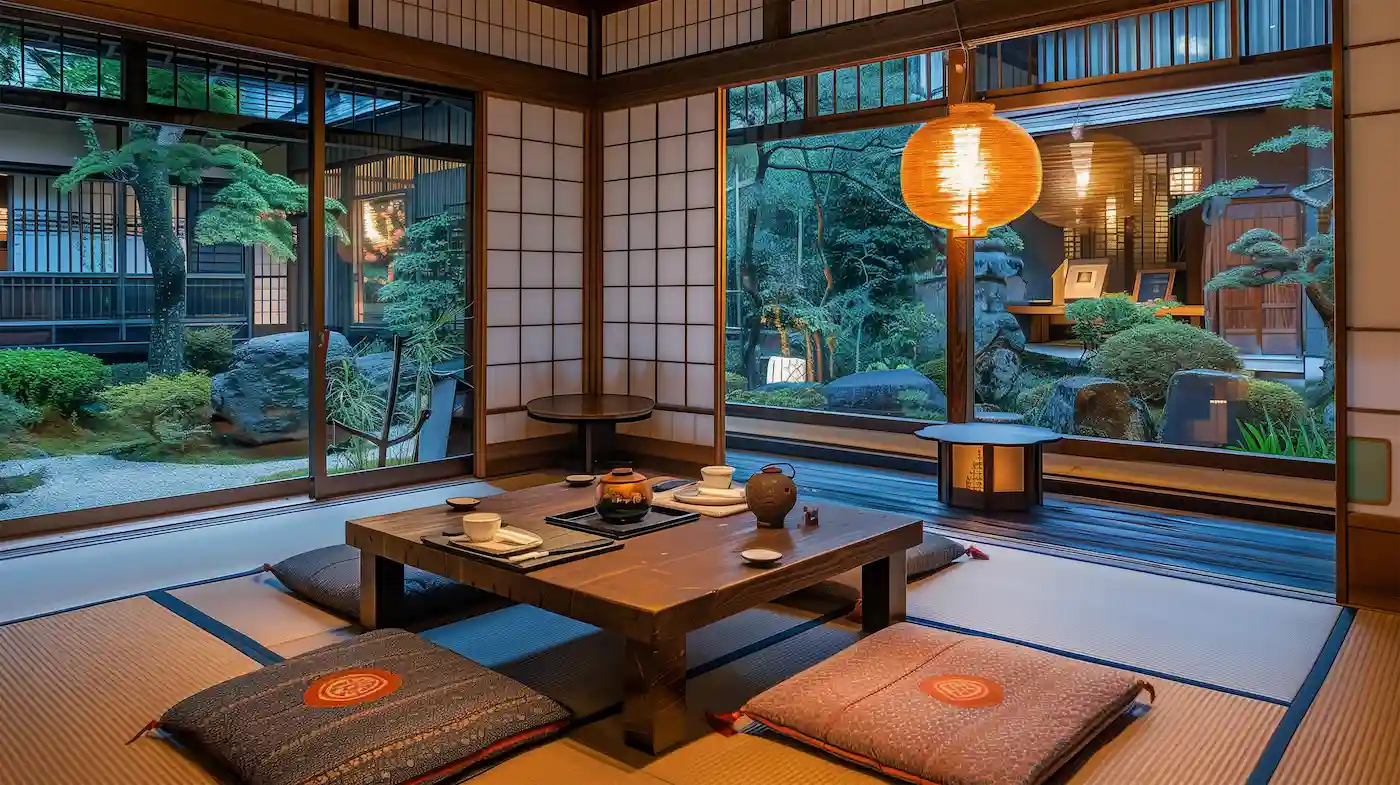
By physically reducing cooking space using the dedicated inner lid,
an optimal space for cooking a single cup of rice is created.
The lid can also be used to cook small portions of rice (0.5 go) and to cook rice in the Mixed setting.
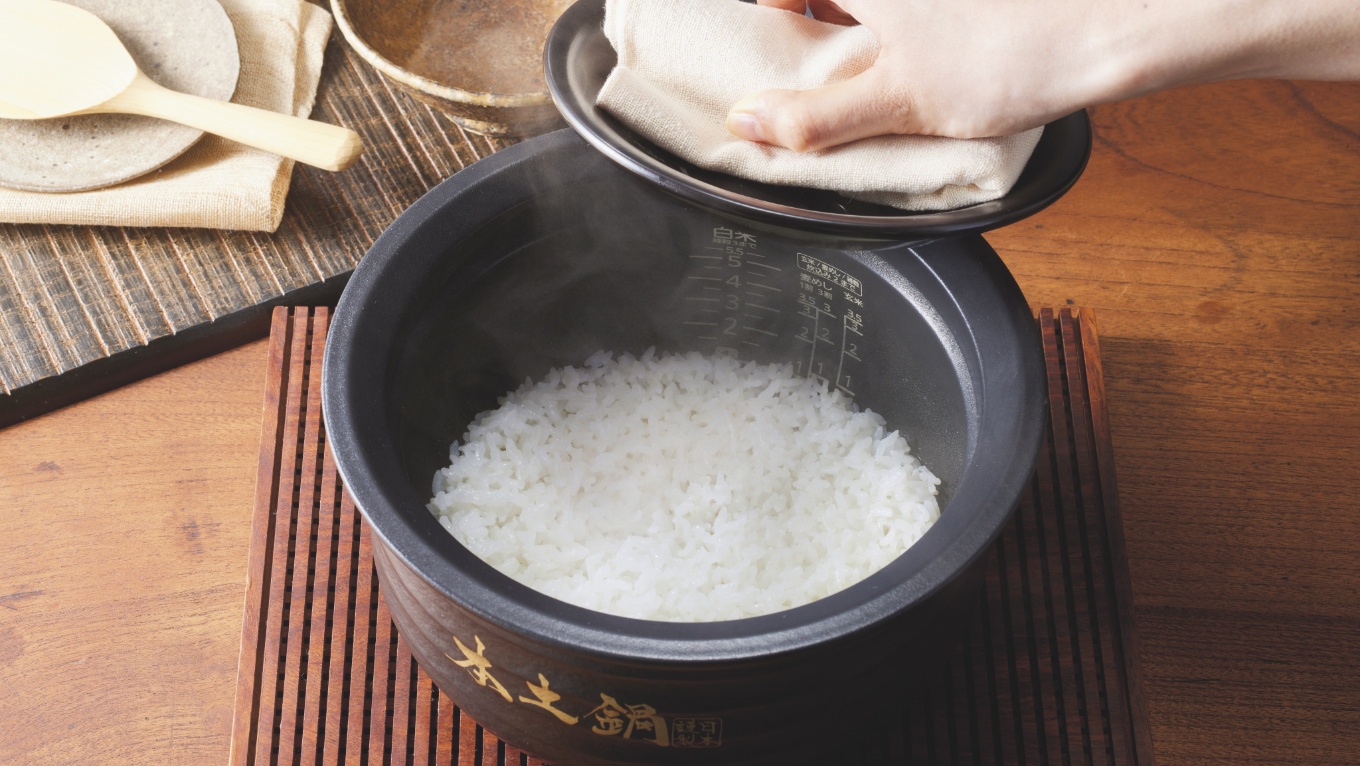
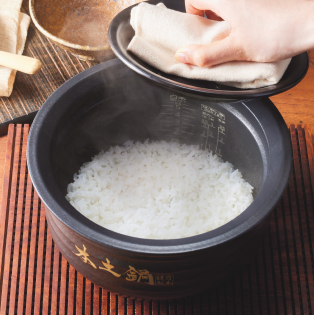
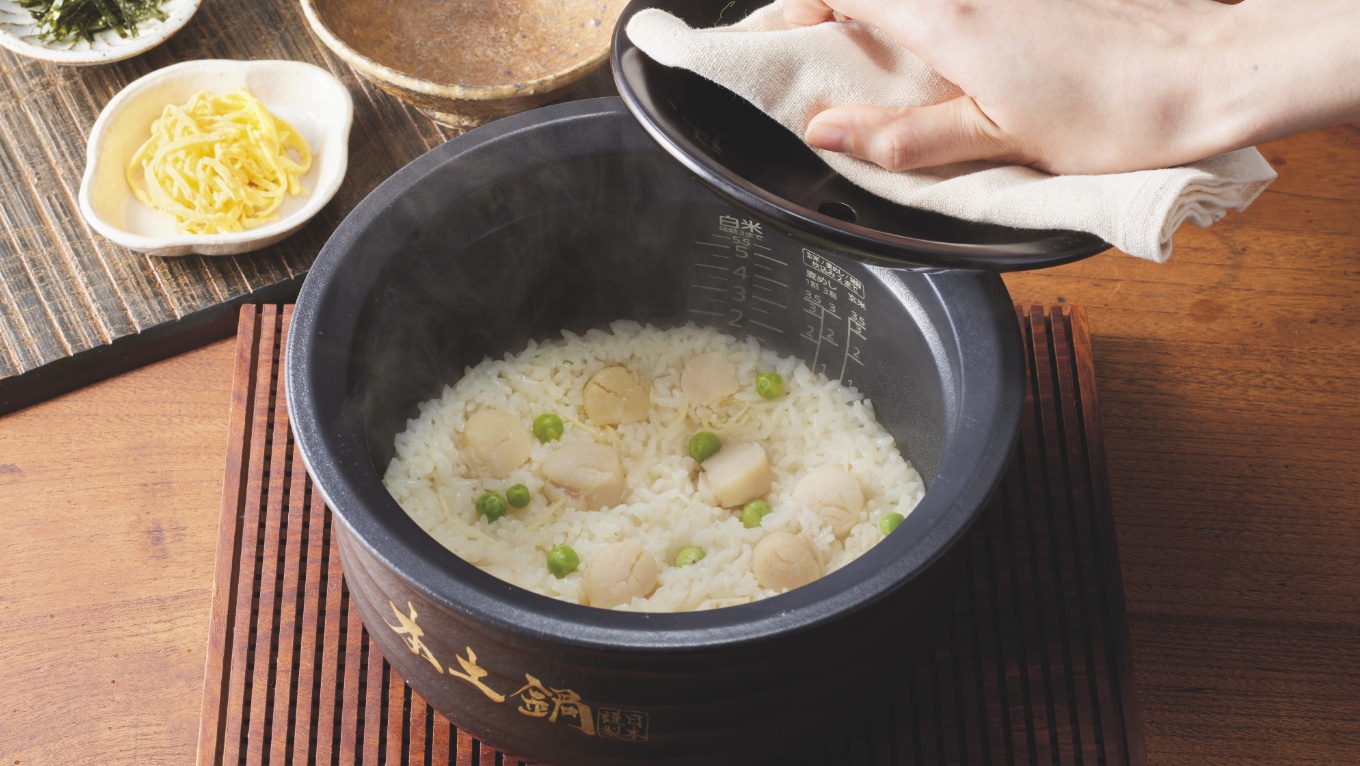
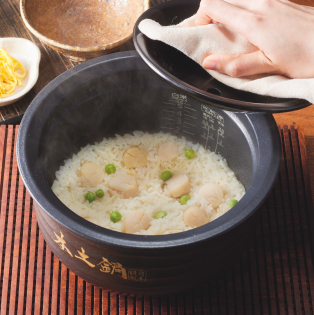
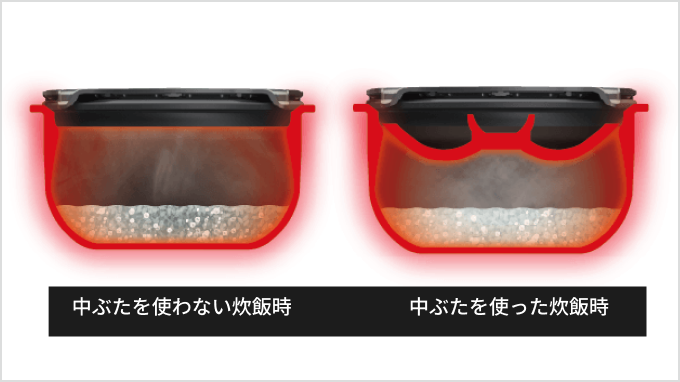
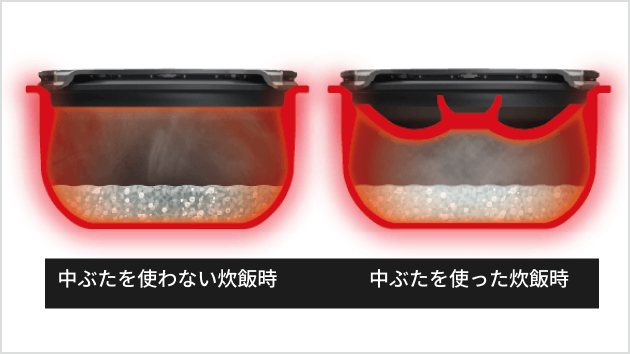
Innovative cooking functions for 70 brands of rice
This is made possible by the cooperation of the Association of Certified Rice Flavor
Analysts, which organizes the International Contest on Rice Taste Evaluation, the largest rice competition in Japan and abroad.
We utilize the measurement data of more than about 5,000 brands of rice examined by the association.
The characteristics of each brand of rice, such as moisture, protein,
and amylose content, are scientifically analyzed in detail to ensure that the rice is cooked in a delicious way that suits each type of rice.
The Tiger’s unique innovative cooking functions reflect the passion of the rice producers into the taste of the rice.

横スクロールできます
- あ
- か
- さ
- た
- な
- は
- ま
- や
- ら
- わ
| Rice Brand Name | Main production area | Basic information on the texture of rice | No | |
|---|---|---|---|---|
| Aichi no Kaori | Aichi |
|
|
1 |
| Akisakari | Tokushima |
|
|
2 |
| Akitakomachi | Akita |
|
|
3 |
| Aki no Uta | Shiga |
|
|
4 |
| Aki no Kirameki | Akita |
|
|
5 |
| Akihonami | kagoshima |
|
|
6 |
| Akiroman | Hiroshima |
|
|
7 |
| Asahi no Yume | Aichi |
|
|
8 |
| Ikuhikari | Fukui |
|
|
9 |
| Ichihomare | Fukui |
|
|
10 |
| Inochi no Ichi | Gifu |
|
|
11 |
| Oidemai | Kagawa |
|
|
12 |
| Kinuhikari | Kyoto |
|
|
13 |
| Kinumusume | Tottori |
|
|
14 |
| Kirara 397 | Hokkaido |
|
|
15 |
| Ginga no Shizuku | Iwate |
|
|
16 |
| Kuma-san no Kagayaki | Kumamoto |
|
|
17 |
| Kuma-san no Chikara | Kumamoto |
|
|
18 |
| Genki Tsukushi | Fukuoka |
|
|
19 |
| Koi no Yokan | Hiroshima |
|
|
20 |
| Koshiibuki | Niigata |
|
|
21 |
| Koshihikari | All over Japan |
|
|
22 |
| Uonuma Koshihikari | Niigata |
|
|
23 |
| Konjiki no Kaze | Iwate |
|
|
24 |
| Sai no Kagayaki | Saitama |
|
|
25 |
| Sai no Kizuna | Saitama |
|
|
26 |
| Sagabiyori | Saga |
|
|
27 |
| Sasanishiki | Miyagi |
|
|
28 |
| Sasamusubi | Miyagi |
|
|
29 |
| Satoyama-no-Tsubu | Fukushima |
|
|
30 |
| Shinnosuke | Niigata |
|
|
31 |
| Seiten no Hekireki | Aomori |
|
|
32 |
| Takata no Yume | Iwate |
|
|
33 |
| Date Masayume | Miyagi |
|
|
34 |
| Tsugaru Roman | Aomori |
|
|
35 |
| Tsubuzoroi | Akita |
|
|
36 |
| Tsuyahime | Yamagata |
|
|
37 |
| Tenkomori | Toyama |
|
|
38 |
| Tentakaku | Toyama |
|
|
39 |
| Ten-no-Tsubu | Fukushima |
|
|
40 |
| Tochigi no Hoshi | Tochigi |
|
|
41 |
| Nasuhikari | Tochigi |
|
|
42 |
| Nanatsuboshi | Hokkaido |
|
|
43 |
| Nikomaru | Nagasaki |
|
|
44 |
| Nitamai | Shimane |
|
|
45 |
| Haenuki | Yamagata |
|
|
46 |
| Hatsushimo | Gifu |
|
|
47 |
| Hanaechizen | Fukui |
|
|
48 |
| Harumi | Kanagawa |
|
|
49 |
| Hitomebore | Iwate |
|
|
50 |
| Hinohikari | Kumamoto |
|
|
51 |
| Hime no Rin | Ehime |
|
|
52 |
| Hyakumangoku | Ishikawa |
|
|
53 |
| Fusaotome | Chiba |
|
|
54 |
| Fusakogane | Chiba |
|
|
55 |
| Fukkurinko | Hokkaido |
|
|
56 |
| Fufufu | Toyama |
|
|
57 |
| Hoshizora-mai | Tottori |
|
|
58 |
| Masshigura | Aomori |
|
|
59 |
| Mizukagami | Shiga |
|
|
60 |
| Milky Queen | Ibaraki |
|
|
61 |
| Mori no Kuma-san | Kumamoto |
|
|
62 |
| Yudai 21 | Tochigi |
|
|
63 |
| Yukiwakamaru | Yamagata |
|
|
64 |
| Yume Obako | Akita |
|
|
65 |
| Yume Gokochi | Ishikawa |
|
|
66 |
| Yume Shizuku | Saga |
|
|
67 |
| Yume Tsukushi | Fukuoka |
|
|
68 |
| Yumepirika | Hokkaido |
|
|
69 |
| Yume Mizuho | Ishikawa |
|
|
70 |
New rice Homare-Daki
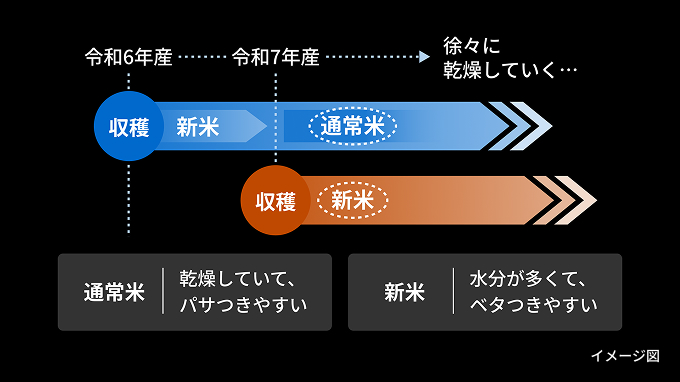
New rice Homare-Daki
Depending on the region, the new rice of the year is harvested from around the end of August.
New rice contains a lot of water and requires some finesse to cook well.
The JRX-S offers a special rice cooking program to bring out the optimal texture of new rice.
Cooking Koshihikari according to production areaProducing-region-specific cooking
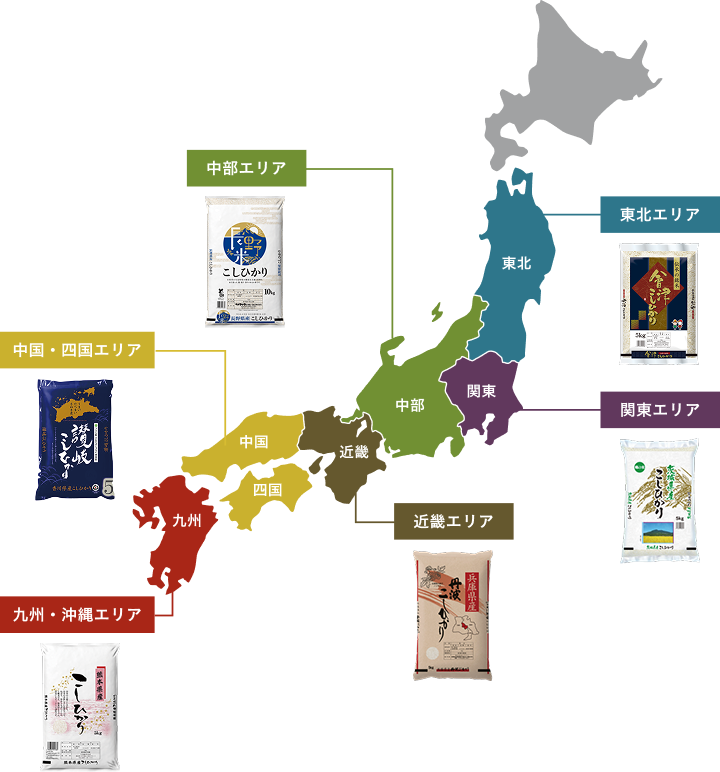
Cooking Koshihikari according to production areaProducing-region-specific cooking
Even among the Koshihikari brands, the characteristics of the rice differ greatly depending on the land, water used, and climate, in the regions where it grows. The producing region-specific cooking feature makes it possible to cook rice differently for each type of the Koshihikari rice grown in six regions of Tohoku, Kanto, Chubu, Kinki, Chugoku/Shikoku, and Kyushu/Okinawa and the two specific Koshihikari brands (rice grown in Uonuma and Nita Rrice).
This feature helps bring out the ideal sweetness, good flavors, and springiness of the rice depending on the producing region.
New
Kiwami ultra-low-temperature water absorption menu
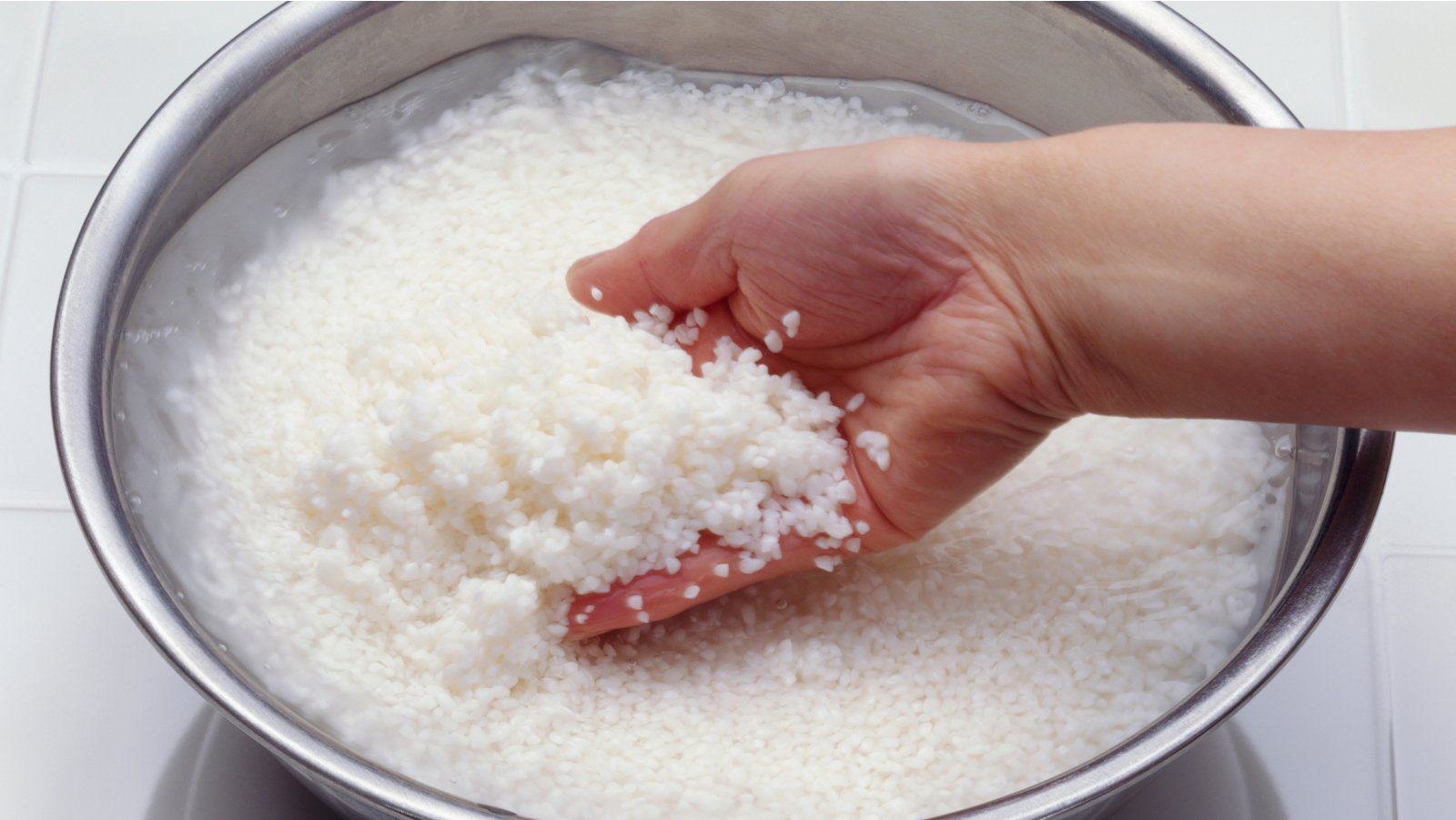
Special setting for those who want to enjoy rice even if it takes a lot of time and effort.
Water is slowly absorbed at a low temperature in the refrigerator for at least 6 hours to bring out the sweetness of the rice without losing its texture and to cook it fluffy to the core.
You can enjoy the professional flavor that is used in ryotei (Japanese-style restaurants).
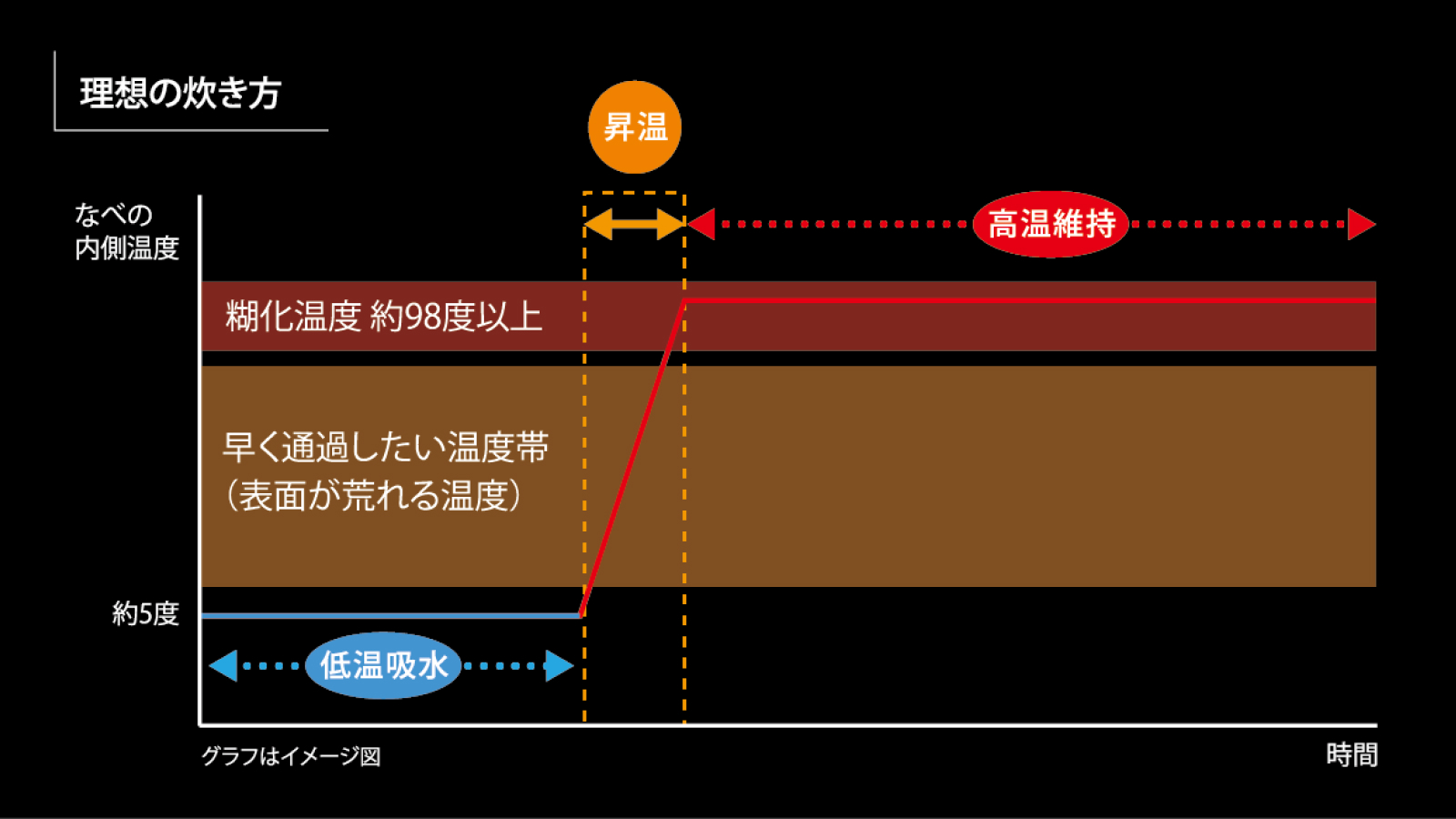
暮らしに寄り添う
多彩なメニュー
A variety of cooking settings
helpful for daily meal preparation
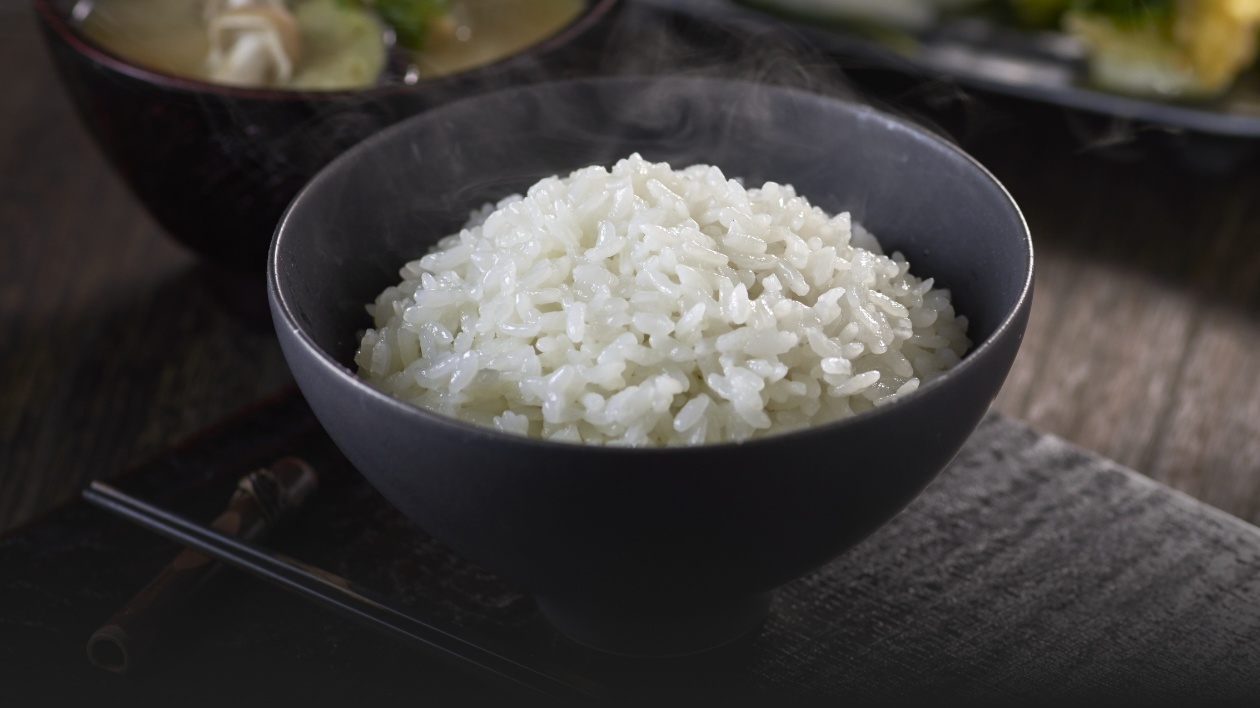
Quick Cook
This setting cooks rice quickly when you are busy
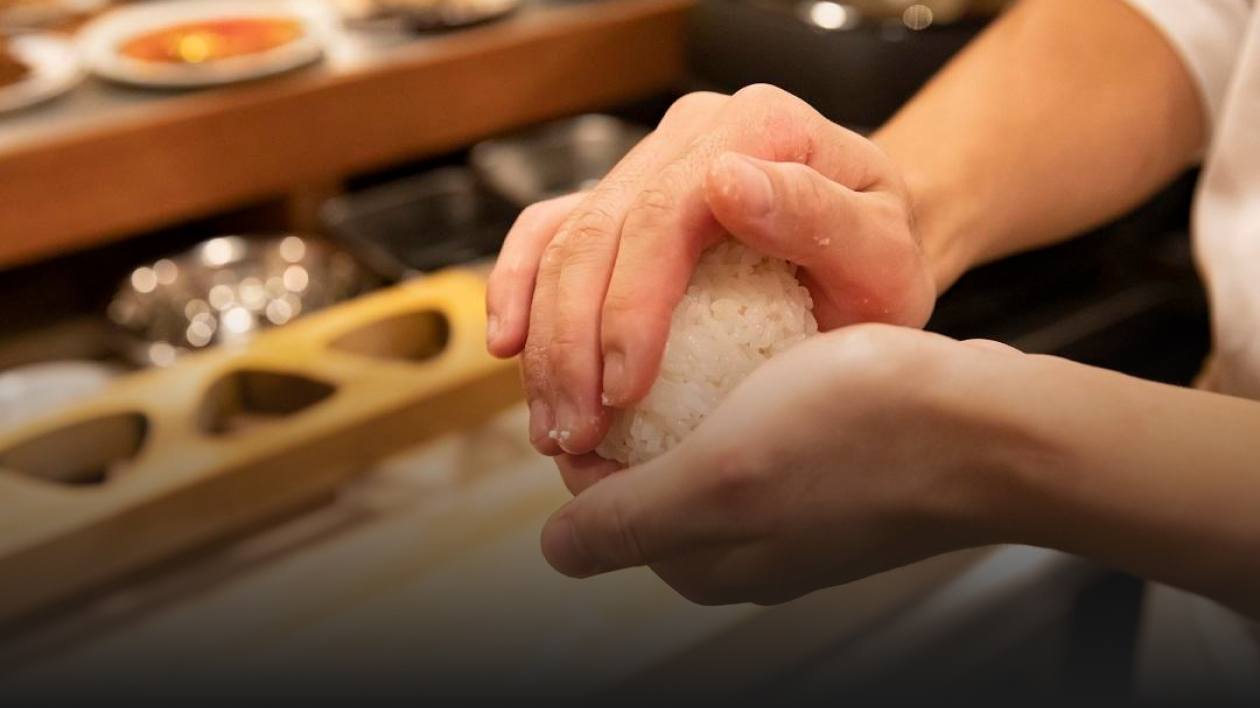
Rice balls
Rice that is delicious even when eaten cold, making it suitable for rice balls
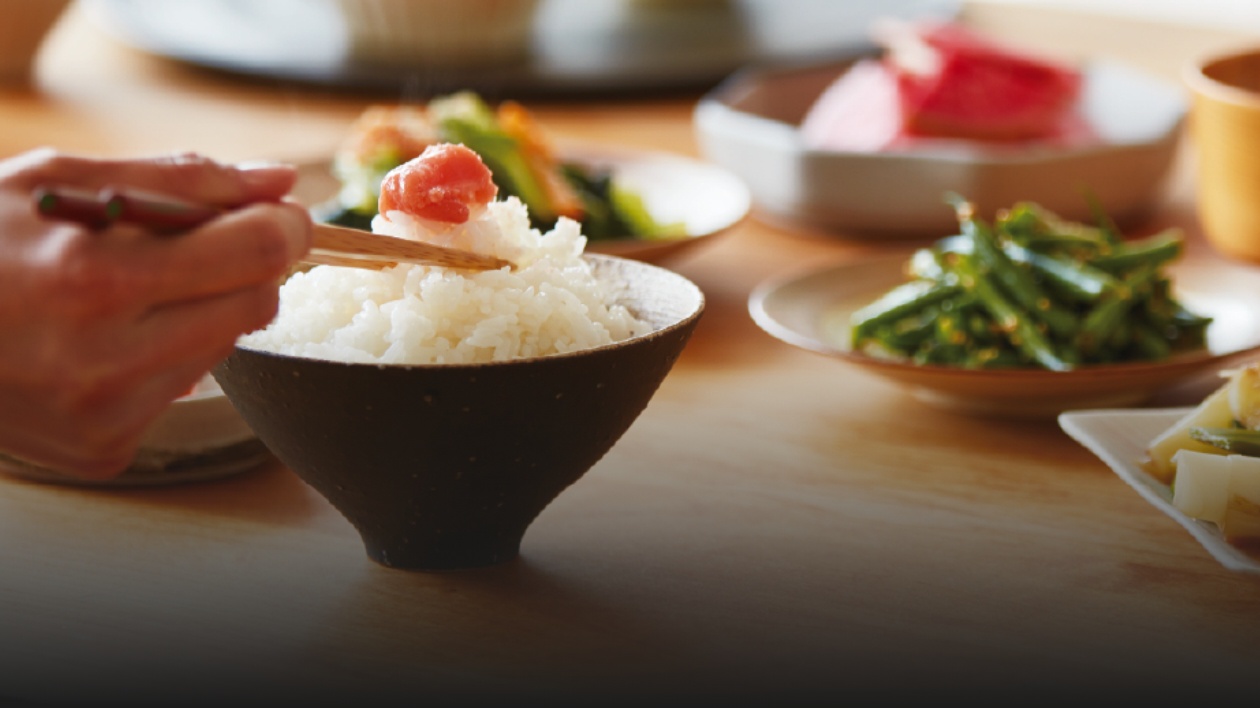
Eco
Setting to save money on electricity while cooking rice
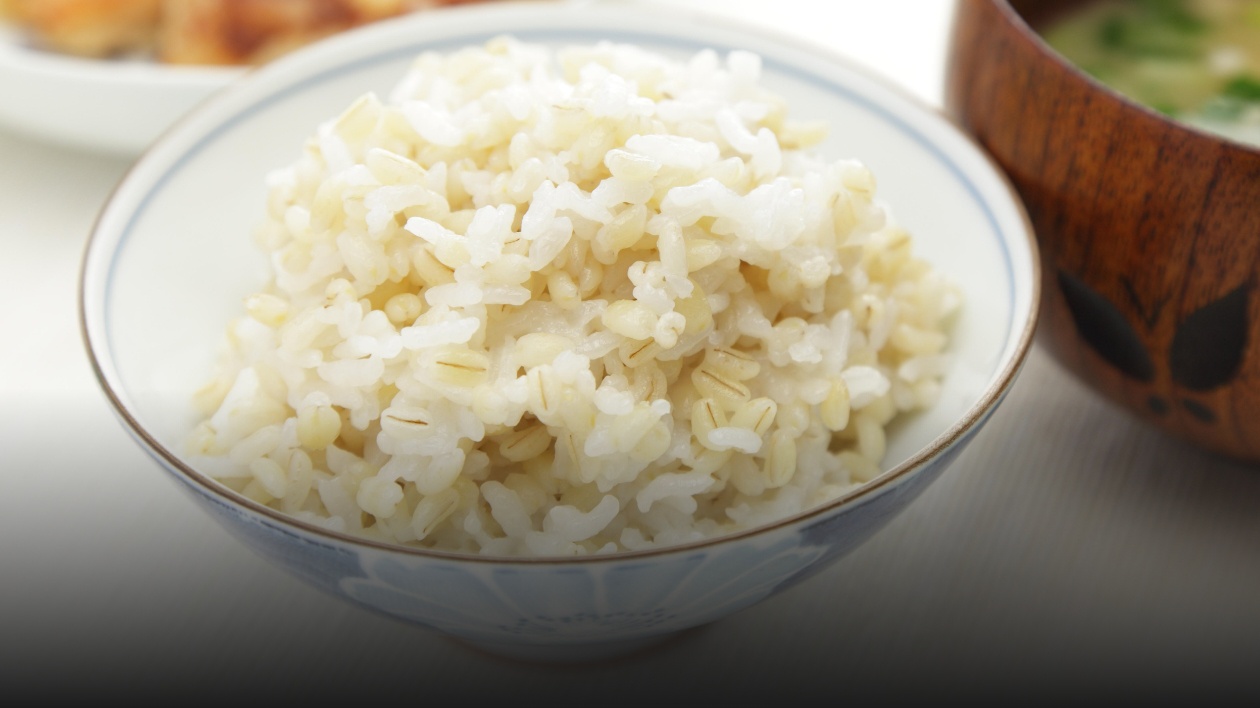
Barley Rice
This setting allows the rice to absorb water well and be cooked at high temperatures so that odors specific to barley can be suppressed
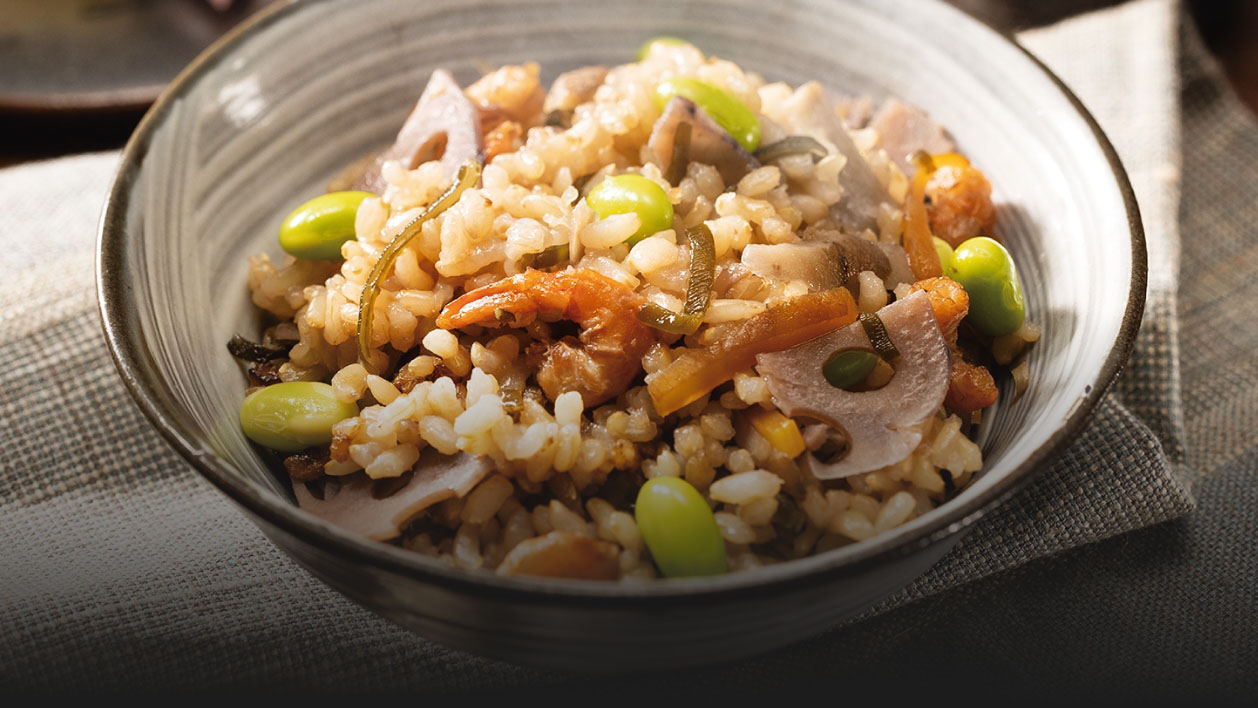
Mixed (Brown Rice)
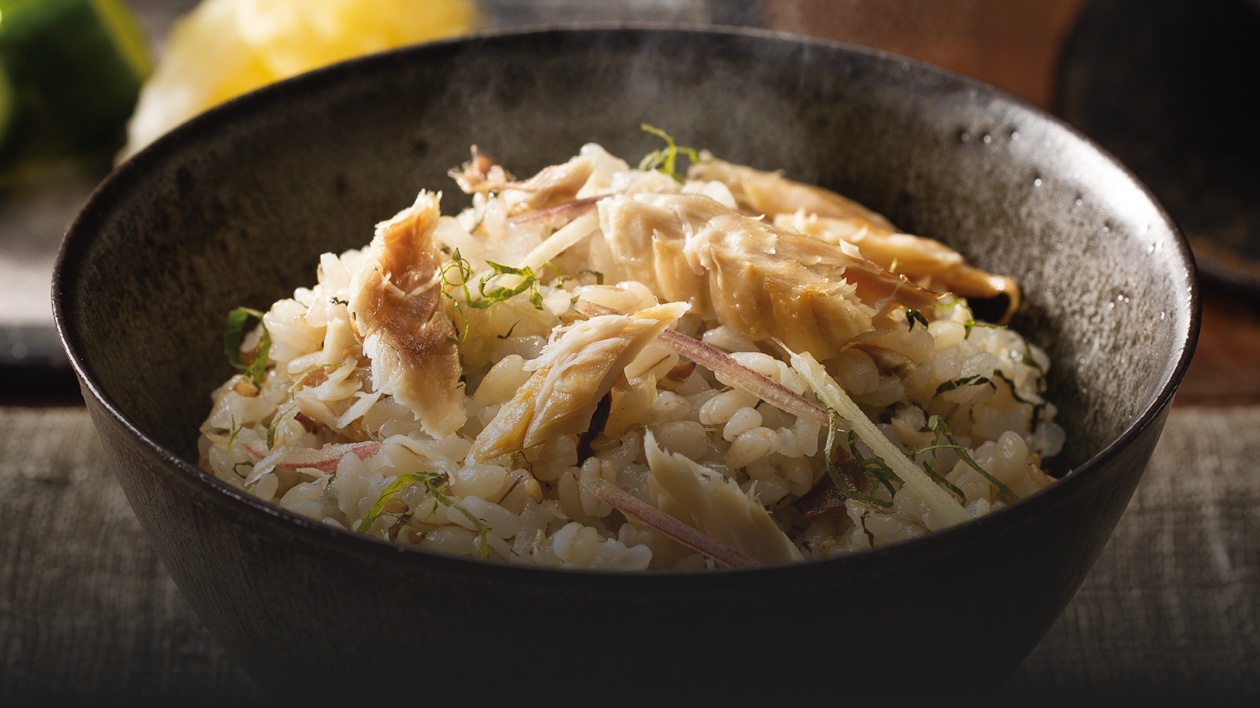
Mixed (Barley)
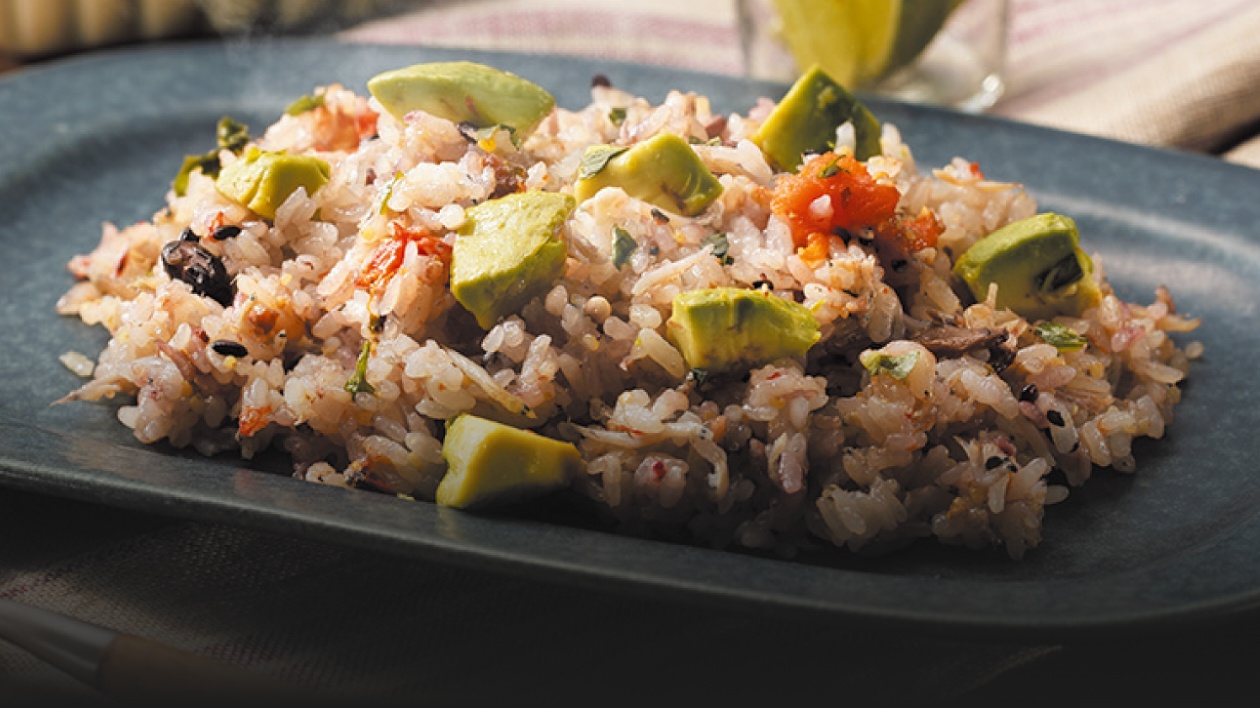
Takikomi (Mixed Grains)
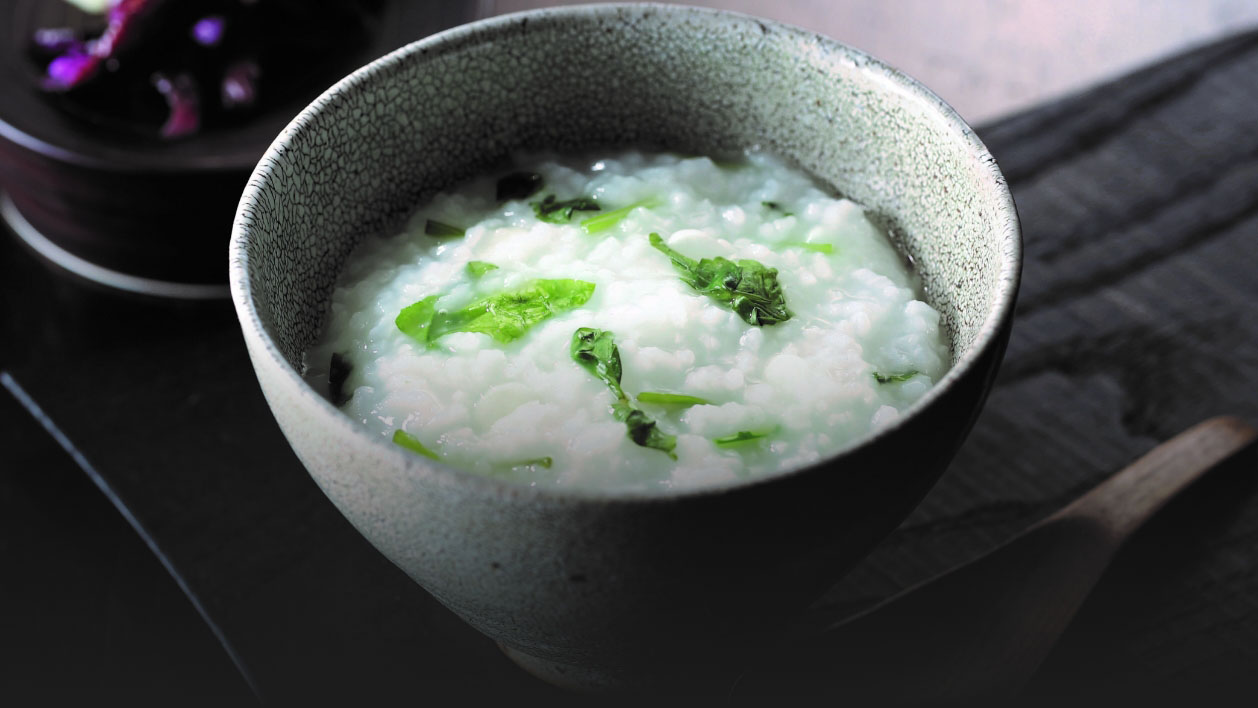
Porridge
These courses are also available for full porridge and porridge cooked with less water
The rice cooker is capable of cooking different textures of rice to suit your preference.
Five-level texture selection
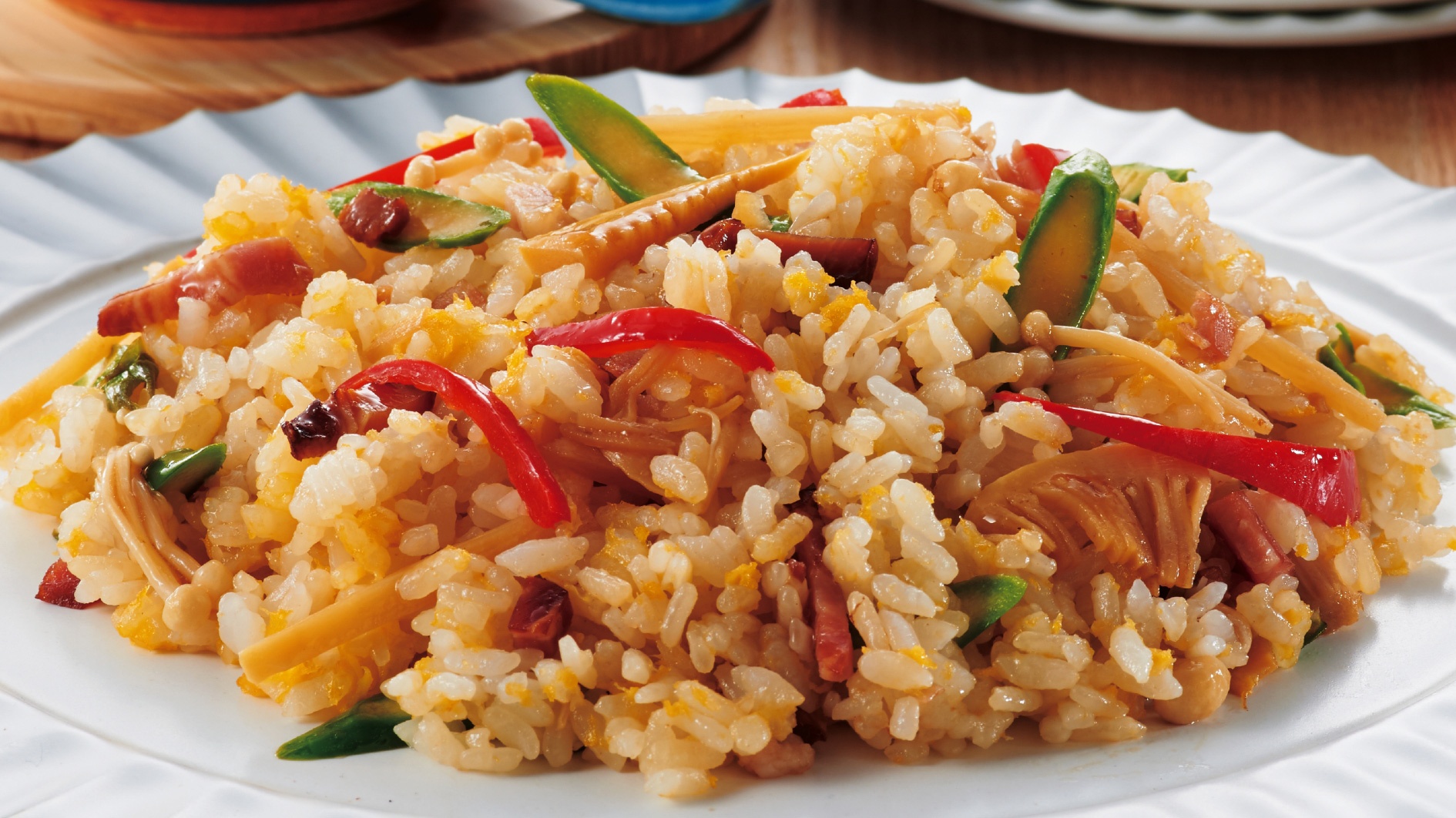
01 Fried rice
Grainy,somewhat crumbly and firm
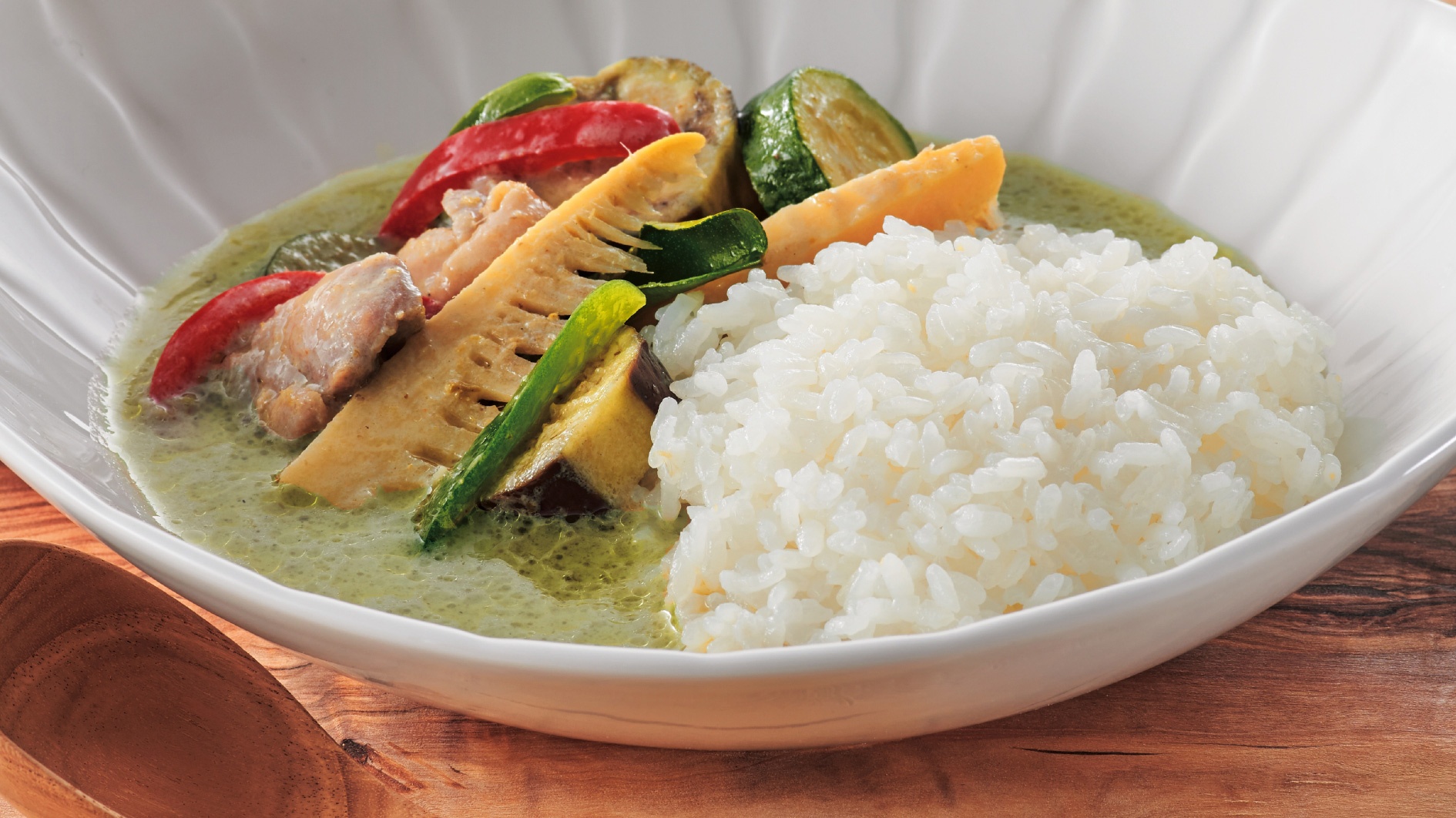
02 Curry
Slightly crisp and firm
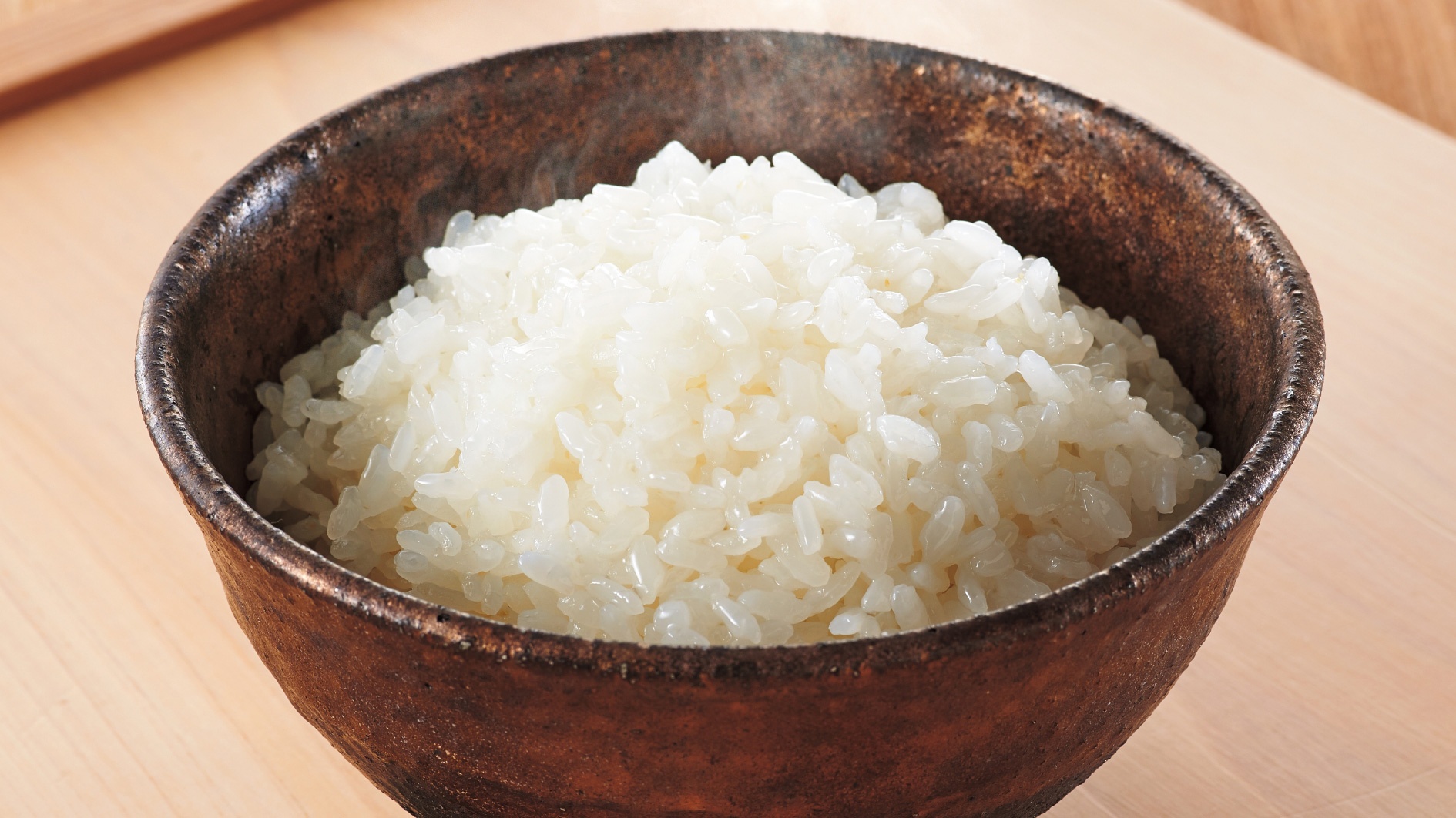
03 White rice
Standard Moderate stickiness and hardness
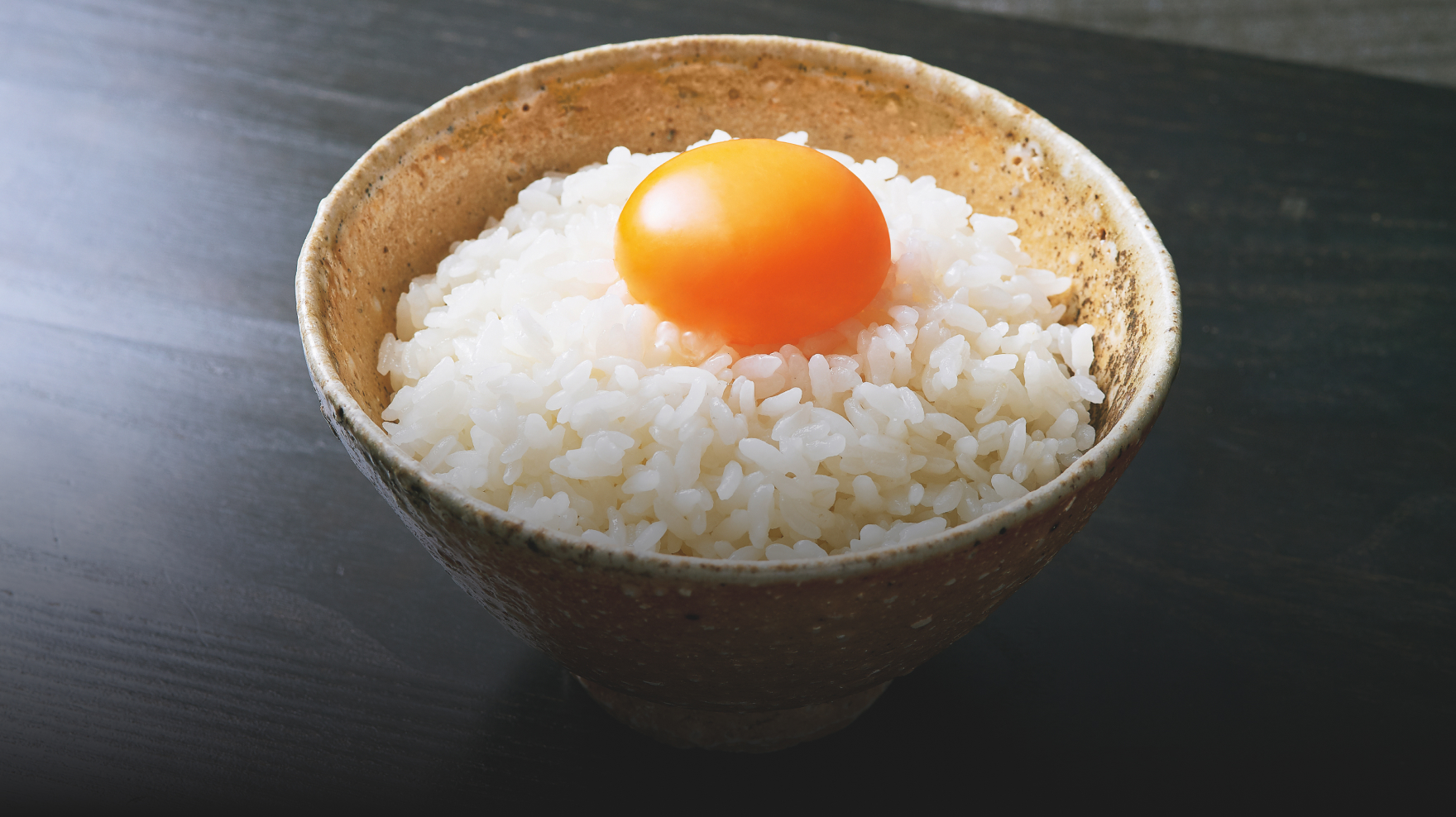
04 Raw egg on rice
Slightly chewy, sticky and won’t harden even when cold.
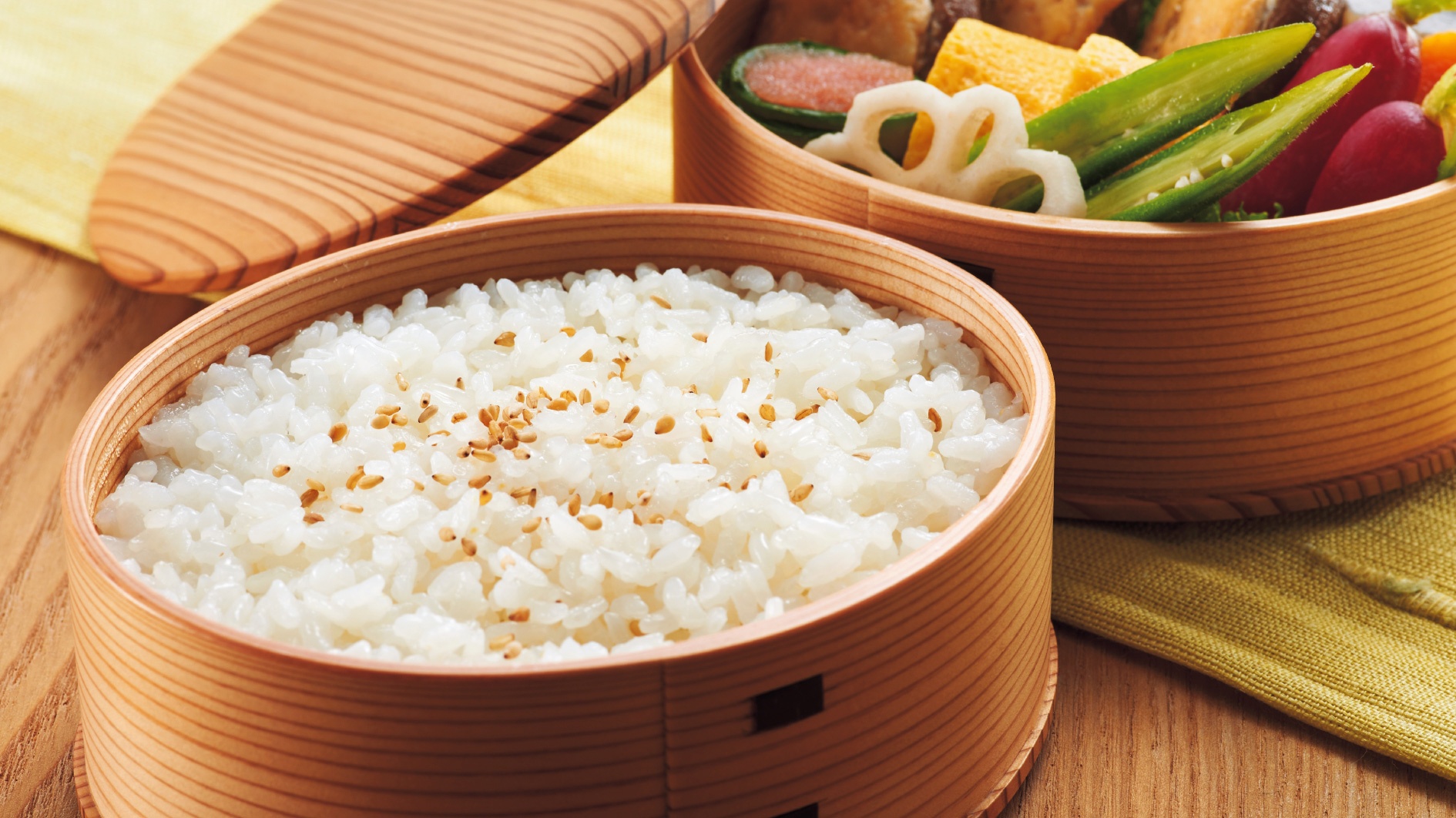
05 Bento
Soft and chewy
You can enjoy the aromatic scorched rice only possible in the ceramic inner pot.
Three-level heat control function
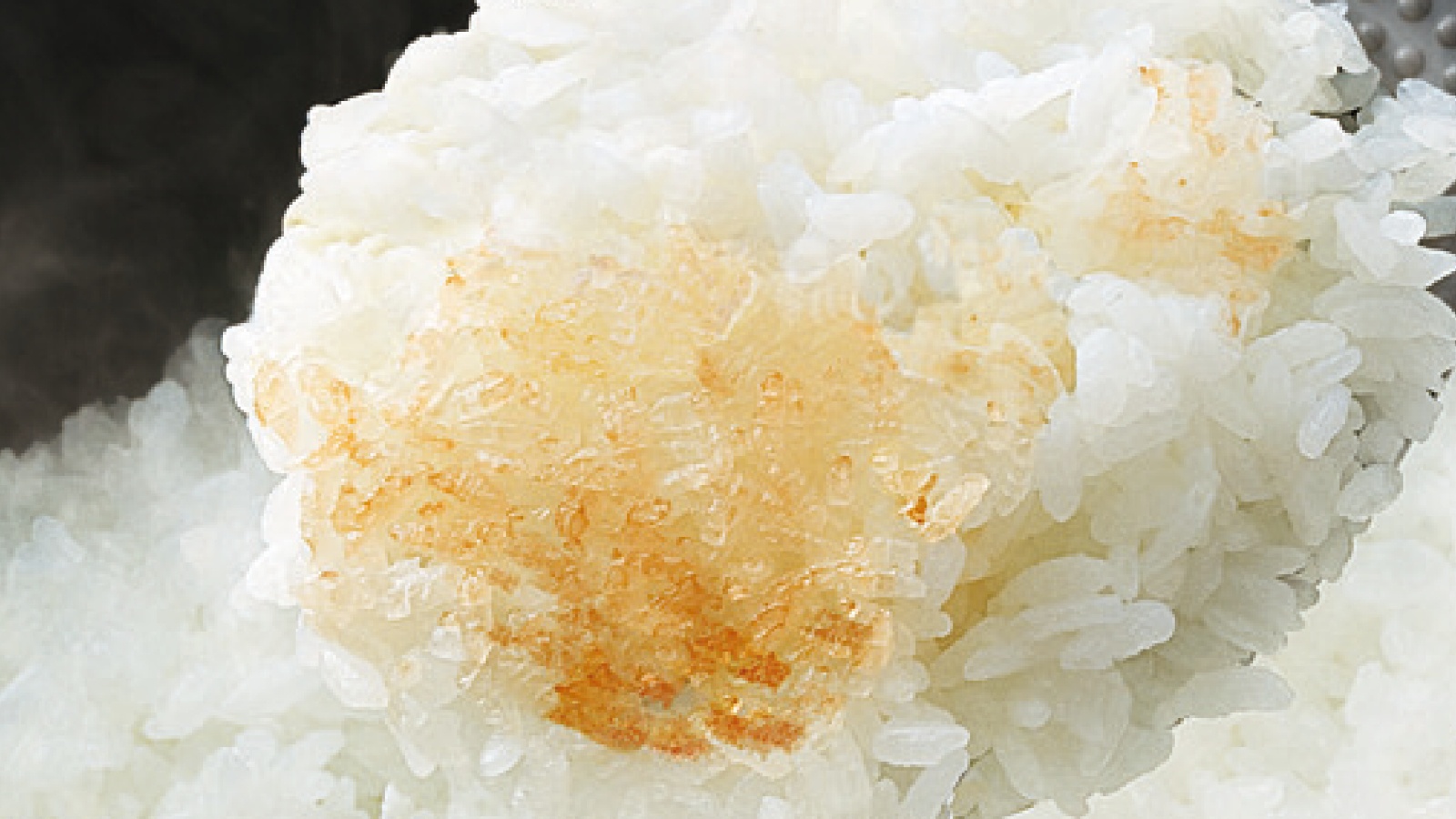
For White Rice, 1-Go Ryotei-Daki, and Mix
- * The type of rice and the amount of water used may affect the way the rice is cooked. When cooking a small amount of rice, the layer of scorched rice will be thin.
- * Due to the nature of donabe pressure induction cookers, scorched rice may form even when the heat setting is low.
- * This feature is not available for Mixed/Barley, Mixed/Mixed Grains, or Mixed/Brown Rice.
Keep the rice tasty and warm
Rice bin humidity control
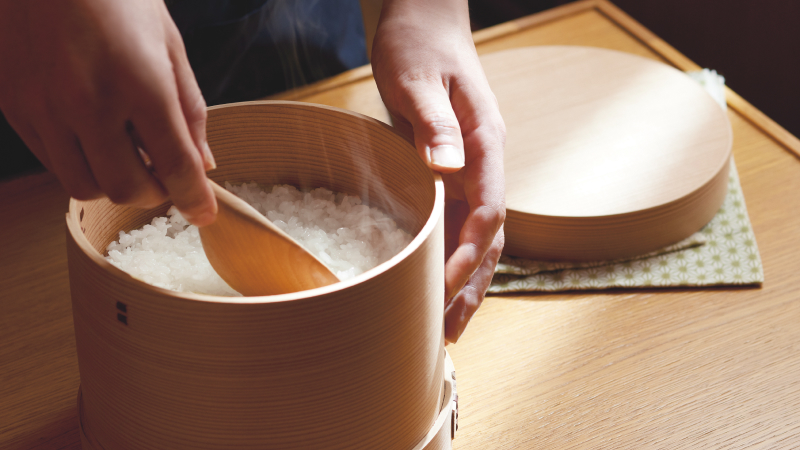
This feature was modeled on the wooden ohitsu.
Ohitsu is allowed to breathe to control air and moisture to keep the rice tasty and warm.
We have incorporated this mechanism into our product.
After the rice is cooked, the Spring & Shine Pump draws in outside air and releases heat and steam.
The temperature sensor installed at the bottom of the main unit works to determine whether the cooked rice needs to breathe and finely controls the humidity level,
so that odors and yellowing can be prevented and the delicious flavors of freshly cooked rice can be kept.
